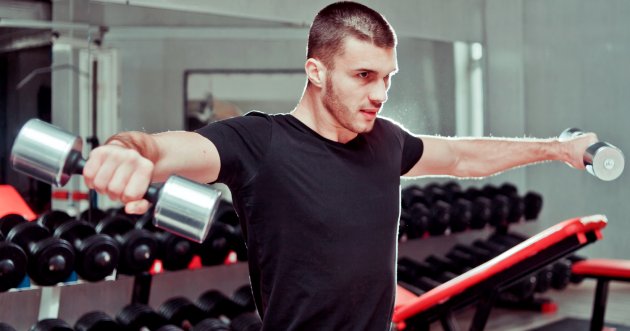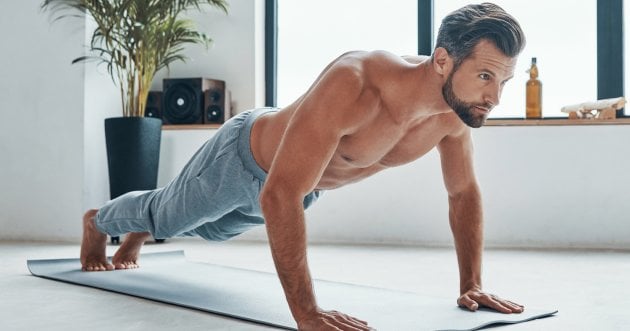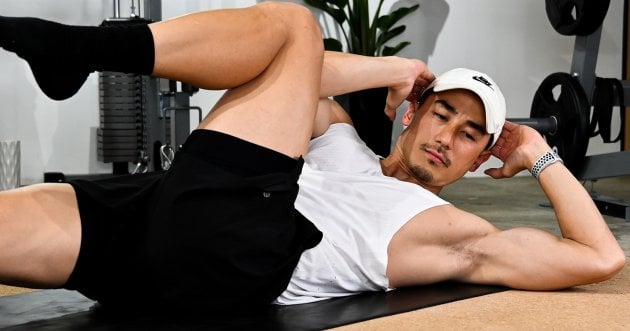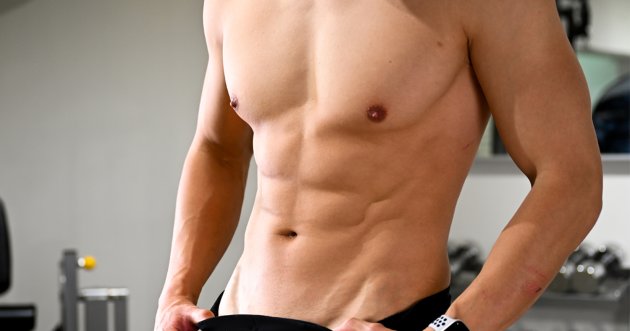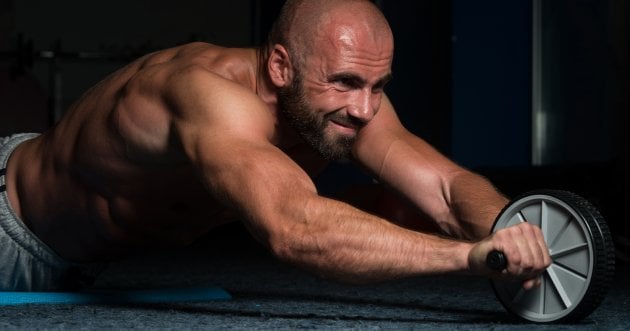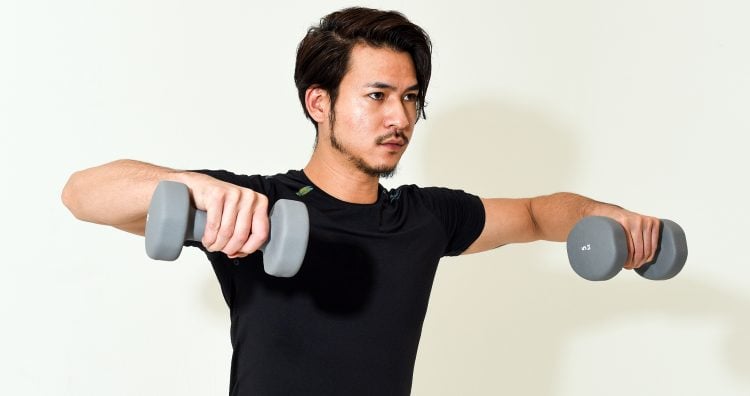
If you aspire to have an inverted triangle body shape, it is essential to train the shoulder muscles ” deltoids ” at the top of the triangle. If you have voluminous deltoid muscles, you will be able to wear suits and T-shirts with style. In this issue, our trainer will show you how to do the “side raise,” the most popular way to strengthen the deltoids.
CONTENTS
- What are the "deltoids" trained by side raises?
- How to do side raises properly and how to get the deltoid muscles stimulated!
- Be careful of the angle of your wrist in side raises! Raising the pinky side of the wrist can cause injury!
- Don't pull your elbows in too far! The right way is to bend your elbows lightly, slightly in front of your shoulders.
- If your shoulders are easily sagged, "tube" side raises are recommended!
Suponsered by
What are the “deltoids” trained by side raises?
The deltoid muscle is the muscle that covers the shoulders. It is the most voluminous part of the upper body and is divided into anterior, middle, and posterior sections, all of which have different functions in moving the shoulder joint. Side raises are considered to concentrate on the middle deltoid and are practiced by all trainees as an effective way to increase shoulder width. Side raises also improve the shoulders by strengthening the deltoids, making them ideal for those who want to look more presentable in their clothes. This is also recommended for those who want to increase their motivation for training, as the results of muscle training are easy to see and the changes are visible.
How to do side raises properly and how to get the deltoid muscles stimulated!
The side raise is a simple movement of raising and lowering the arms, but as you will see when you try it, it is surprisingly difficult to work the deltoid muscles directly. Furthermore, the shoulder joint is easily injured, and if you continue to use incorrect form, you may end up with an unexpected injury. Here, personal trainer Oshima explains the correct way to perform side raises!
(1) Hold dumbbells in both hands and stand with elbows slightly bent. The feet should be shoulder-width apart and the upper body should be slightly tilted forward. If the dumbbells are too heavy, the forearms will tire first and the possibility of injury will increase, so beginners should start with light weights of 3 to 5 kg.
(2 ) Raise your arms to the same height as your shoulders. At this point, it is more effective if the arms are kept horizontal to the ground for 1~2 seconds if possible. The theory is to move the arms slowly and carefully, keeping the shoulders in mind as you do so, as using a reaction force may cause injury. The goal is three sets of 10 to 15 repetitions, but if this is too difficult, it is OK to go as far as you can.
2/3GO TO NEXT PAGE
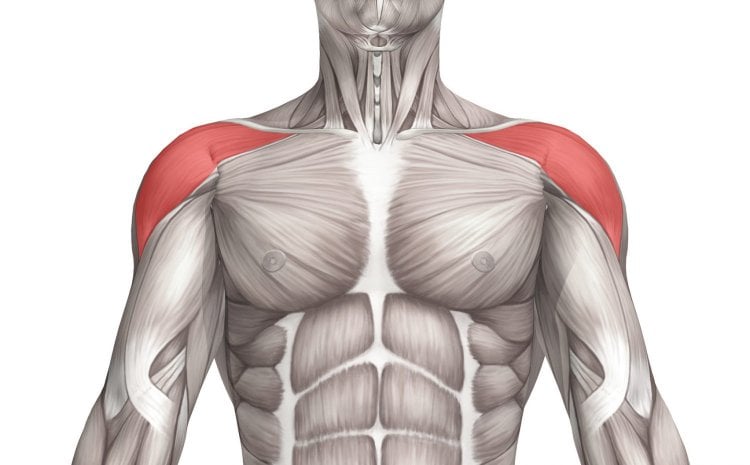

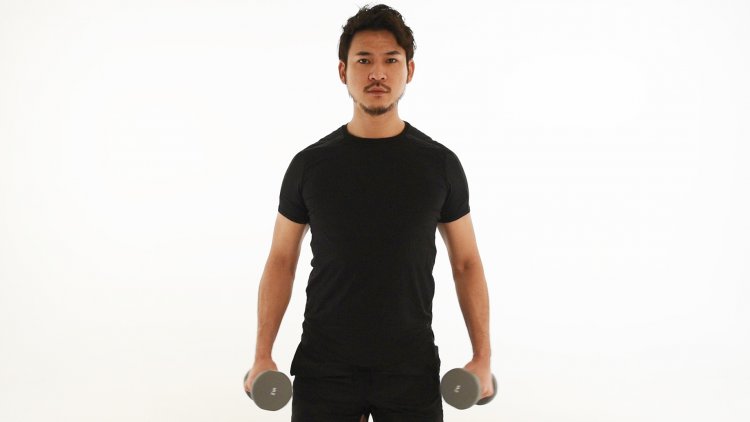
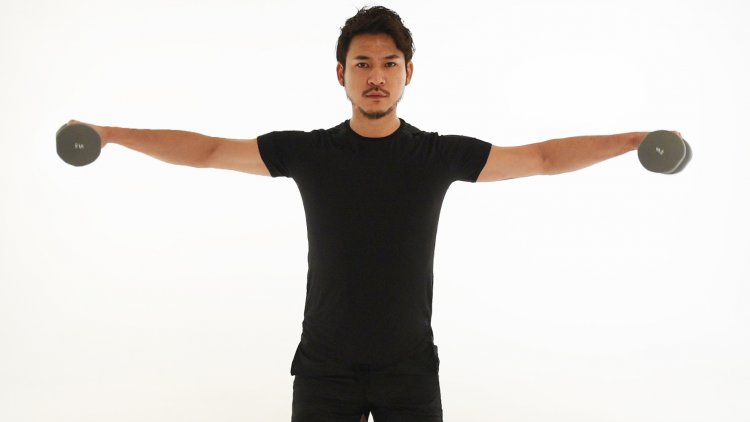
![What are the specific 5 changes that muscle training can bring to a man? [“The truth as experienced by practitioners.”]](https://otokomaeken.com/wp-content/uploads/2023/12/3ecb709c1f1613850249ba743b4b1457-630x331.jpg)

